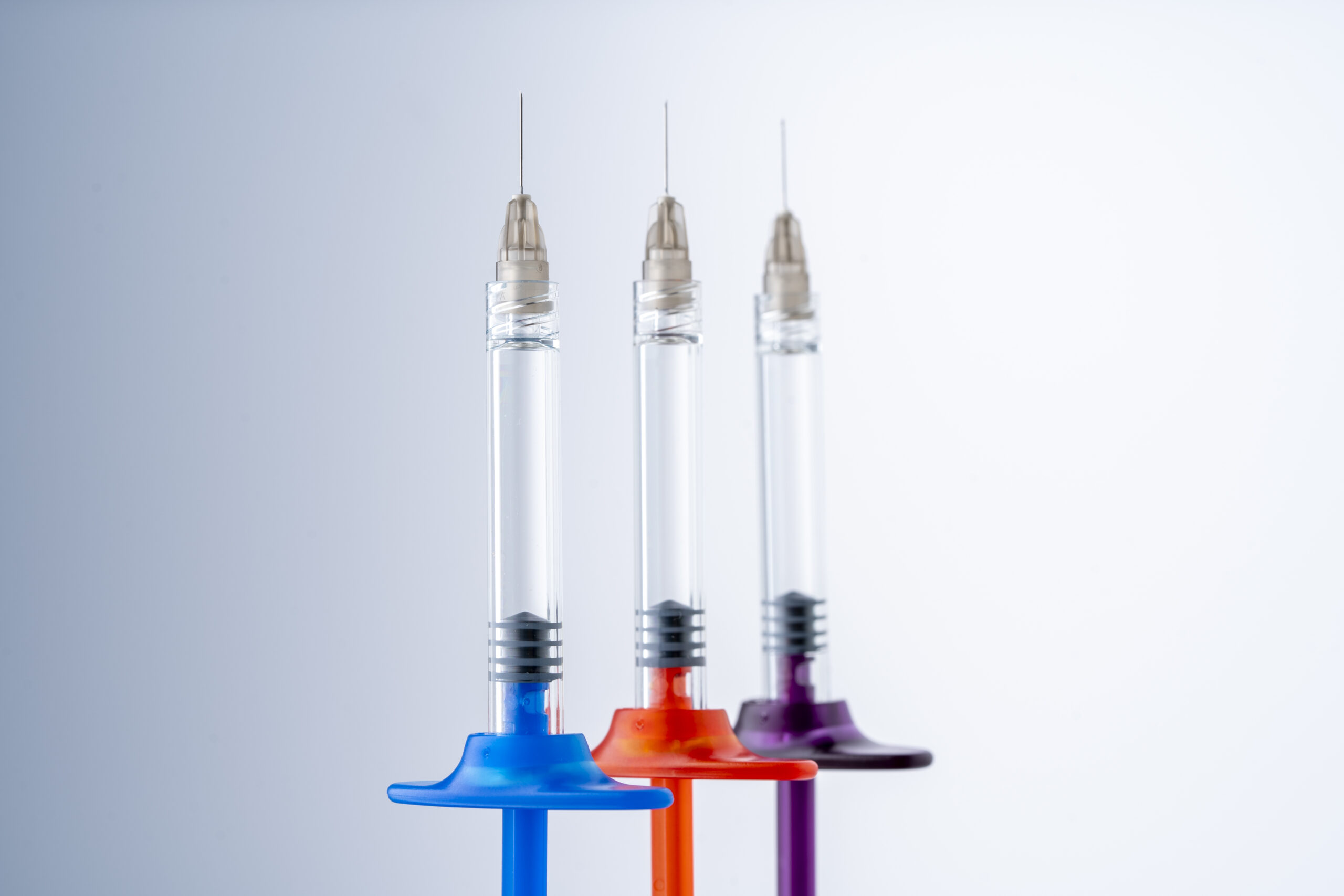Dermal filler has revolutionized the field of aesthetic medicine, offering non-invasive solutions to address various concerns such as volume loss, wrinkles, and facial contouring. As these treatments become increasingly popular, it’s essential to understand the science behind dermal fillers, including their longevity and safety profiles.
Understanding Dermal Fillers:
Dermal fillers are injectable substances designed to add volume, smooth wrinkles, and rejuvenate the skin’s appearance. They typically consist of hyaluronic acid, calcium hydroxylapatite, poly-L-lactic acid, or other biocompatible materials. These fillers work by replenishing lost volume, stimulating collagen production, and hydrating the skin from within.
Longevity of Dermal Fillers:
The longevity of dermal fillers varies depending on several factors, including the type of filler used, the area treated, individual metabolism, and lifestyle factors. Generally, hyaluronic acid fillers last between 6 to 18 months, while semi-permanent fillers like calcium hydroxylapatite may last up to 2 years or more. Poly-L-lactic acid fillers stimulate collagen production over time, resulting in gradual and long-lasting improvements that can endure for 2 years or longer.
What Effects Filler Longevity?
-
Metabolism:
The body’s natural metabolic processes play a significant role in the breakdown and elimination of filler materials. Metabolism varies from person to person, affecting how quickly fillers are metabolized and expelled from the body. Factors such as age, metabolism rate, and overall health can influence the longevity of filler results. Individuals with faster metabolisms may experience a quicker breakdown of filler substances, leading to shorter-lasting results compared to those with slower metabolisms.
-
Sun Exposure:
Prolonged exposure to ultraviolet (UV) radiation from the sun can accelerate the degradation of filler materials and contribute to premature aging of the skin. UV rays can break down collagen and elastin fibers in the skin, compromising its structural integrity and diminishing the longevity of filler results. Additionally, sun damage can cause inflammation and oxidative stress, leading to increased breakdown of filler substances and reduced efficacy of treatment.
-
Smoking:
Smoking has detrimental effects on skin health and can significantly impact the longevity of filler results. The chemicals in tobacco smoke constrict blood vessels, reducing oxygen and nutrient supply to the skin. This impairs the skin’s ability to heal and regenerate, leading to accelerated breakdown of filler materials. Furthermore, smoking increases the production of free radicals, which can damage collagen and elastin fibers, hastening the degradation of filler substances and diminishing their longevity.
-
Stress:
Chronic stress can have negative effects on skin health and may impact the longevity of filler results. Stress triggers the release of cortisol, a hormone that can disrupt the skin’s natural repair processes and impair collagen production. This can lead to increased inflammation, decreased skin elasticity, and accelerated breakdown of filler materials. Additionally, stress-related behaviors such as poor sleep and unhealthy coping mechanisms can further compromise skin health and contribute to the premature degradation of filler substances.
-
Hydration:
Adequate hydration is essential for maintaining healthy skin and optimizing the longevity of filler results. Dehydrated skin is more prone to fine lines, wrinkles, and sagging, which can affect the appearance and durability of filler treatments. Proper hydration helps maintain skin elasticity and plumpness, supporting the integrity of filler materials and prolonging their effectiveness. Conversely, dehydration can lead to dryness and dullness, exacerbating the breakdown of filler substances and reducing their longevity.
-
Skin Care Routine:
A comprehensive skincare routine can influence the longevity of filler results by supporting overall skin health and vitality. Proper cleansing, moisturizing, and protection from environmental stressors can help preserve the integrity of filler materials and extend their longevity. Additionally, the use of targeted skincare products containing ingredients like retinoids, antioxidants, and peptides can promote collagen production, enhance skin renewal, and complement the effects of filler treatments, resulting in more durable and impactful results.
Safety Profiles of Dermal Fillers:
Dermal fillers are considered safe when administered by trained and experienced medical professionals. However, like any medical procedure, there are potential risks and side effects to be aware of. Common side effects include bruising, swelling, redness, and temporary discomfort at the injection site. Serious complications such as infection, allergic reactions, and vascular occlusion are rare but possible, emphasizing the importance of seeking treatment from qualified practitioners in reputable facilities.
To mitigate the risks associated with dermal fillers, thorough pre-treatment assessment, proper injection techniques, and adherence to post-treatment care instructions are essential. Additionally, choosing FDA-approved fillers from reputable manufacturers and discussing any medical history or allergies with your provider can help ensure a safe and satisfactory outcome.
Understanding the science behind dermal fillers, including their longevity and safety profiles, is crucial for making informed decisions about aesthetic treatments. While dermal fillers offer effective solutions for rejuvenating the skin and enhancing facial features, it’s essential to prioritize safety and seek treatment from qualified professionals. By educating ourselves about the risks and benefits of dermal fillers, we can confidently embark on our journey toward a more youthful and radiant appearance.
To learn more about dermal filler or what dermal filler can do for you, schedule a free consultation with one of our master injectors.

